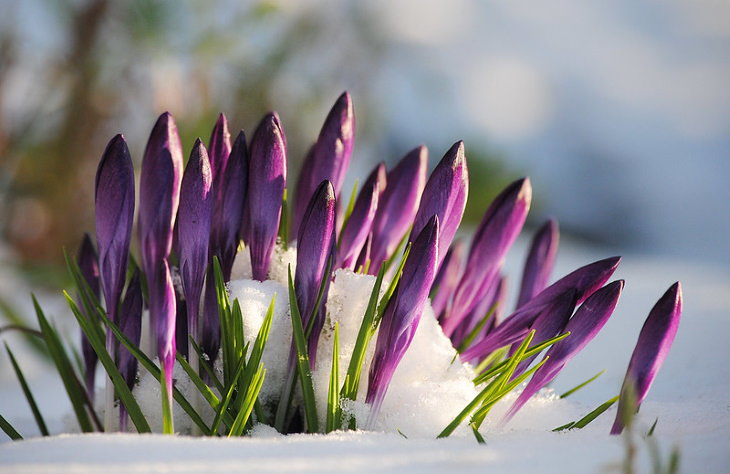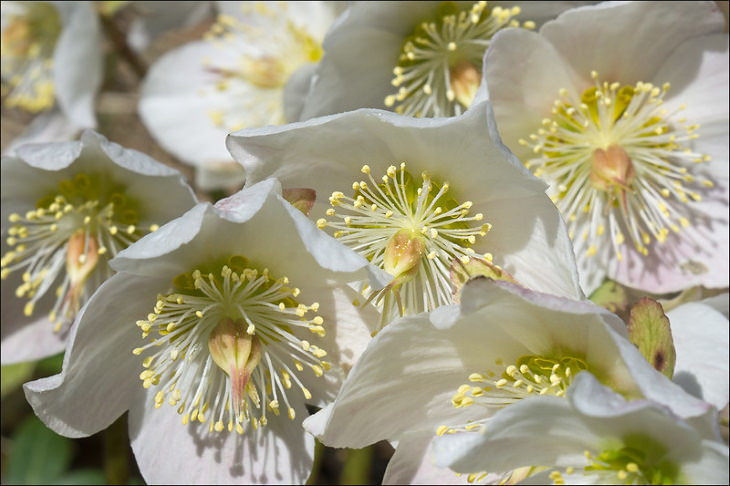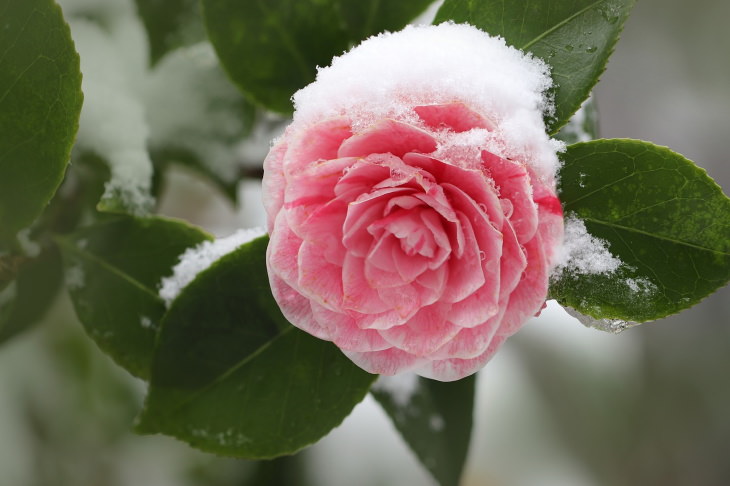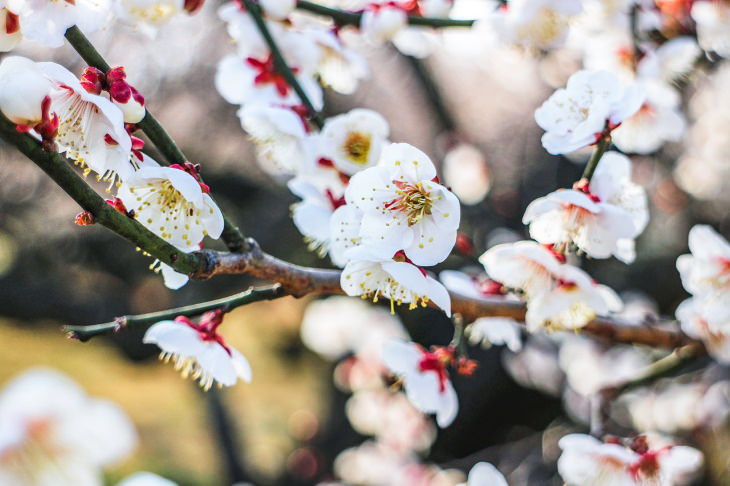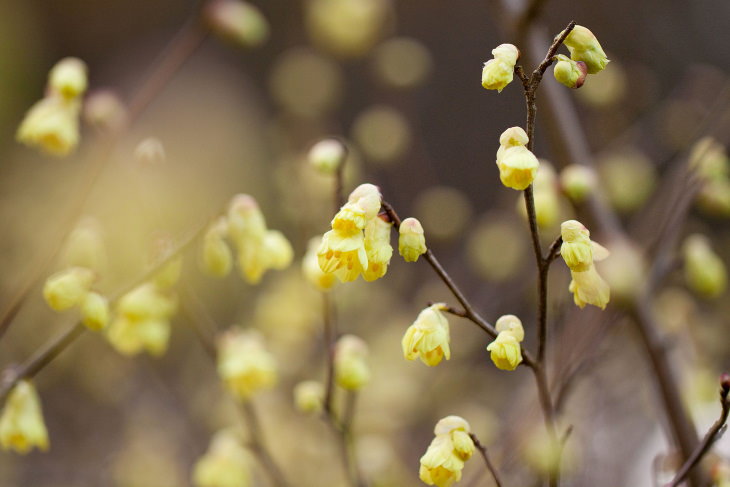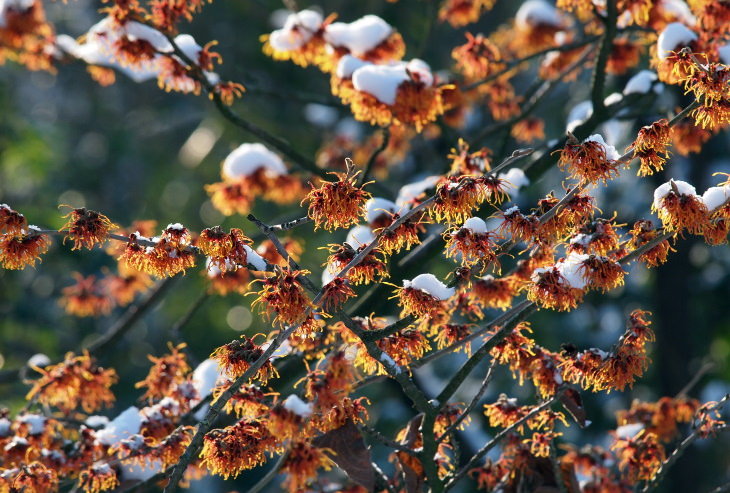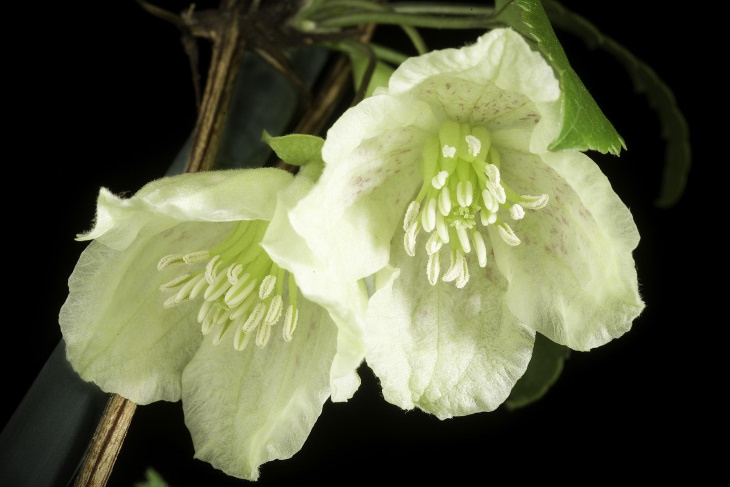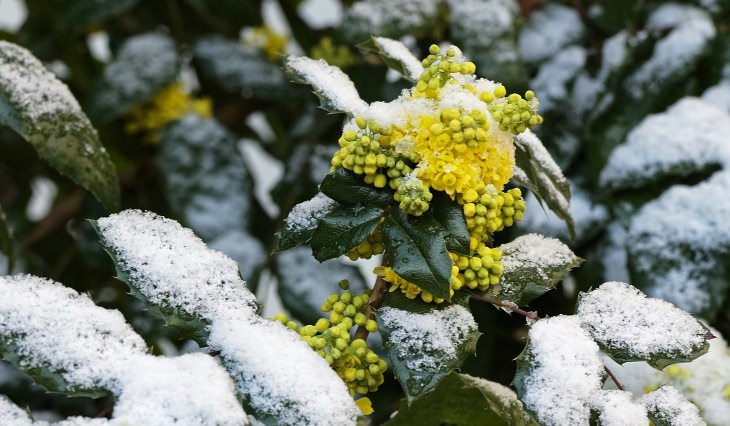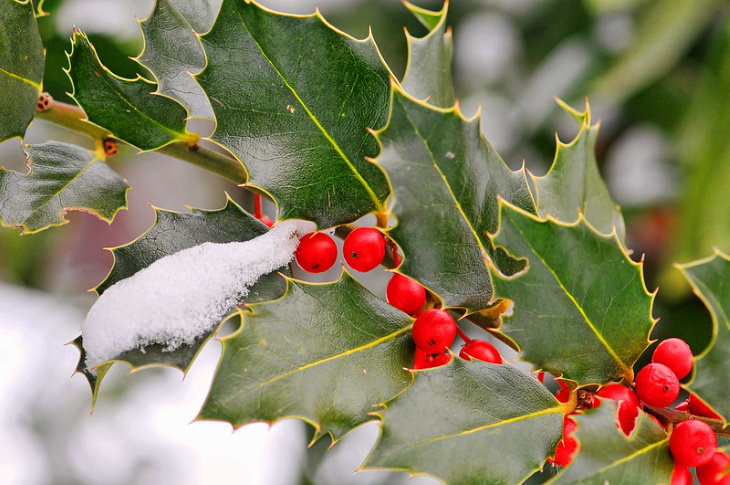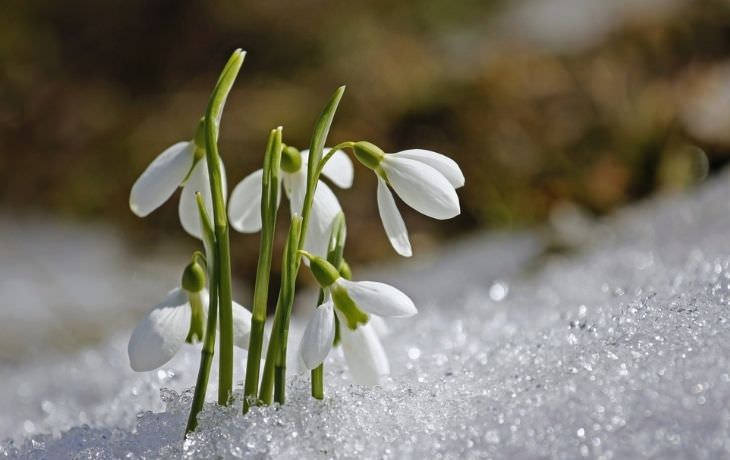1. Crocuses
Popping up from a thick blanket of snow, these delicate flowers are much tougher than they appear at first glance. Crocuses can even grow naturally in the alpine tundra! These resilient plants come in many color variations ranging from purple to white to bright yellow.
All of these plants favor cold temperatures, so they usually start cropping up from late autumn until early spring. If you want to grow crocuses in your own garden, opt for so-called snow varieties that usually bloom in late winter. The best time to plant crocuses is in mid-fall.
Fun fact: the famously pricy spice saffron is picked from the blooms of a species of crocus called Crocus sativus.
2. Hellebores
Known under the common name ‘Christmas rose,’ Helleborus niger is the ultimate winter surprise known to bloom in the dead of winter. These large white blooms go against all stereotypes about flowers. Not only do they blossom between Christmastime and early March, but they also favor shade.
Helleborus niger is just one of many hellebore varieties. Hellebores come in any color you can imagine: white, dark purple, red, yellow, or pink. Plant these perennial evergreens underneath a tree or any other shady place protected from the elements, and they will delight you year after year.
3. Japanese camellias
Camellia japonica, known simply as Japanese camellia, is the ideal plant for those who miss big flowers like roses or chrysanthemums in the winter. These beautiful blooms will make a statement in any garden, and they’re available in many color varieties ranging from white to red and pink.
Depending on the cultivar, Camellia blooms can grow from 4-17 centimeters (1.5-5 in) in diameter. We advise looking into Japanese camellias specifically because these varieties usually blossom later than their fall-blooming counterparts. Expect flowers on winter-blooming camellias in late winter to early spring.
4. Japanese plum
In Japan, the home of Eriobotrya japonica, the blossoms on plum trees have a deep symbolic meaning and are associated with the onset of spring. Depending on your climate, Japanese plum trees start flowering between February and March.
Watching their dainty white blooms emerge from the red buds is such a serene experience! Japanese plums are on the smaller side; they grow very slowly and only get to about 7.5 meters (25 ft) tall. These trees fair better in milder climates, where temperatures don’t drop below -12°C (10°F).
5. Winter hazel
Not to be confused with witch hazel (don’t worry, that one’s next on our list), winter hazel is a shrub that literally comes to life in frigid temperatures. It is deciduous, meaning that it loses leaves in the fall. But in late winter, cascading clusters of yellow bell-shaped flowers suddenly sprout from the branches and spread an unforgettable spicy aroma far and wide.
Although not as large and prominent as some of the other blooms mentioned on this list, the blooms of winter hazel are quite elegant and shine like little Christmas lights when illuminated by the sun.
6. Witch hazel
Witch hazel blooms are like fireworks, and not only because of their appearance. The seeds of these flowering shrubs literally burst to spread far from the main plant when they ripen. Note that not all witch hazel varieties are winter-blooming, but those that are will delight you with their aromatic wispy flowers in December.
Witch hazel flowers can be yellow, red, orange, or even purple, and they are famous for their spicy and sweet scent.
7. Winter rose
Winter clematis (Clematis cirrhosa) is a perennial evergreen vine with thick glossy foliage and delicate bell-shaped flowers that appear in December or January. The low-maintenance plant needs no pruning or special care. The most common colors are an off-white cream color or white with purple variegation. The blooms also have a pleasant and mild citrus aroma - what a delight to the senses in the middle of the winter!
8. Mahonia
When you’re planning to fill up the shaded parts of your garden, consider adding a few mahonias. With its large glossy leaves and bright yellow spikes, it’s a definite win-win; these evergreen shrubs can attract bumblebees and are very easy to manage because they’re so undemanding. Depending on the variety you get and your climate, mahonias grow between November and March.
9. Winterberry holly
What list of hardy winter plants would it be if we failed to mention the winterberry holly. After all, this beautiful plant has been a symbol of the winter holidays for centuries! Sure, it doesn’t bloom in the winter, but its bright red berries are guaranteed to add a splash of color and turn every snowy garden into a winter wonderland.
Both deciduous and evergreen varieties of holly exist, so pick and choose if you prefer the plant to retain its leaves or not. Just one last important note - you need to plant both a "male" and a “female” holly for it to produce berries.
10. Snowdrop
The snowdrop is a powerful little flower! Just when you lose all hope for spring in the dead of winter, these delicate blooms make their way through the snow and restore all your hopes and dreams for warmer weather.
Also known as Galanthus, snowdrop flowers are teeny-tiny, but they tend to get naturalized quickly and will densely cover the parts of your garden you’ve reserved for them very fast. This is because snowdrops spread both by self-seeding and new bulbs, so expect to see large clusters of flowers in late winter or early spring.
Share these beautiful winter flowers with family and friends!

